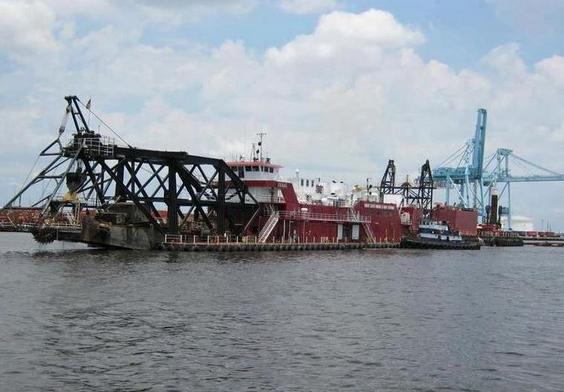Hangzhou Bay (China)
Hangzhou Bay, or the Bay of Hangzhou is an inlet of the East China Sea, bordered by the province of Zhejiang and the municipality of Shanghai. The Qiantang River flows into the bay. It lies south of Shanghai, and ends at the city of Hangzhou…



















